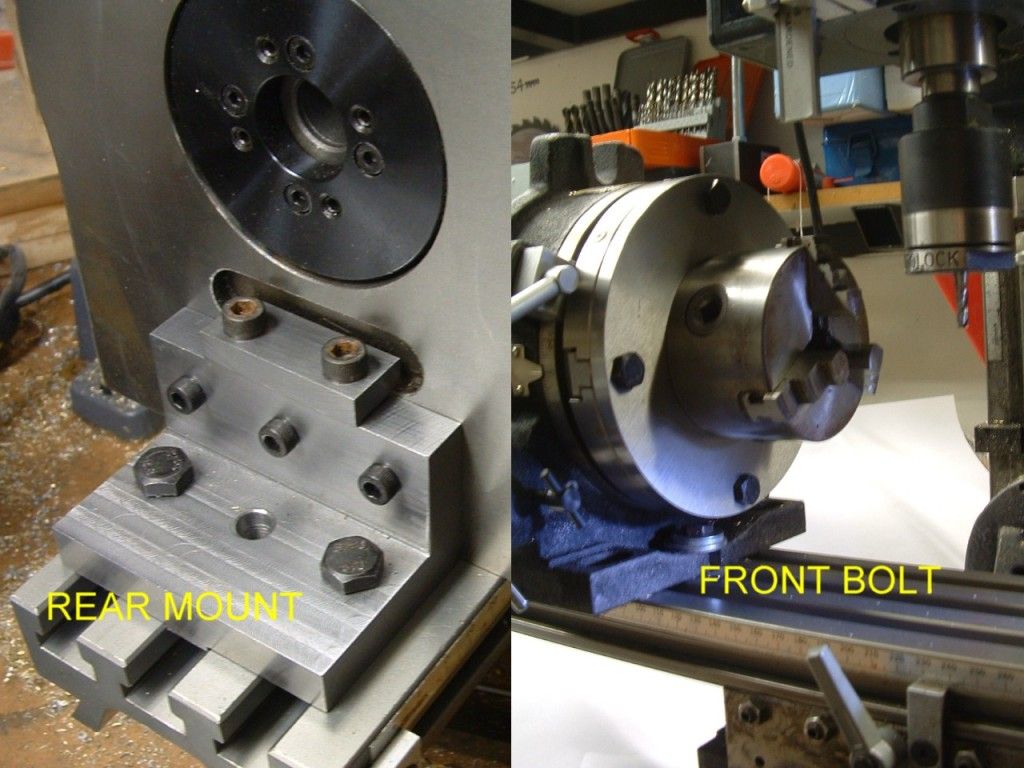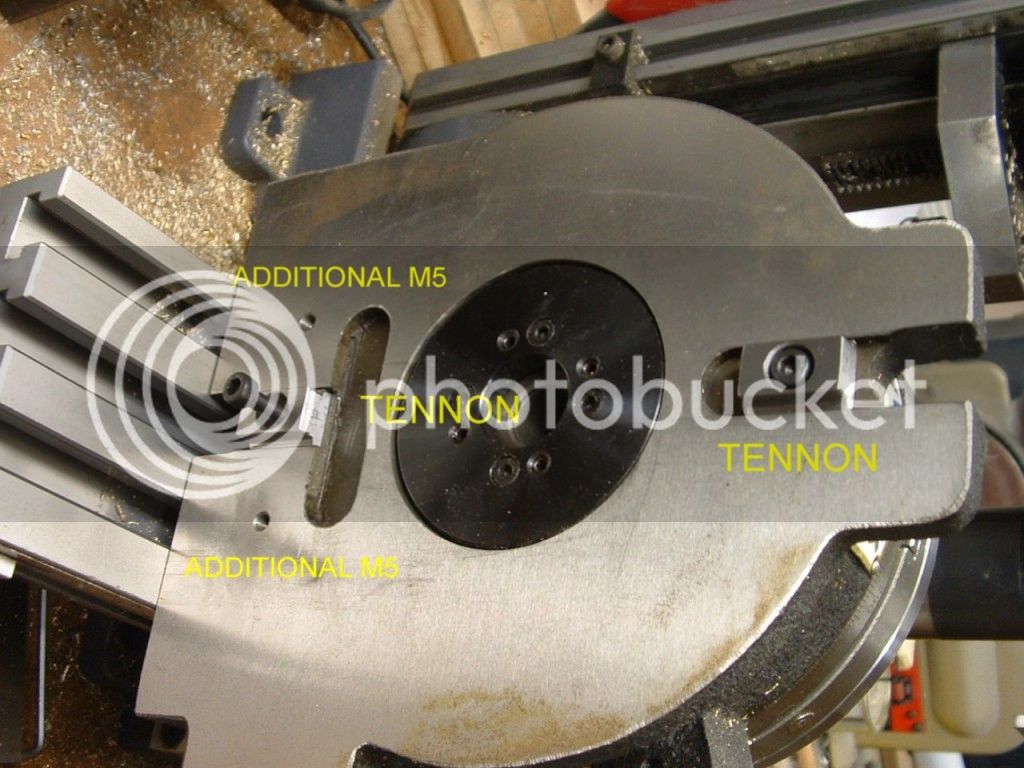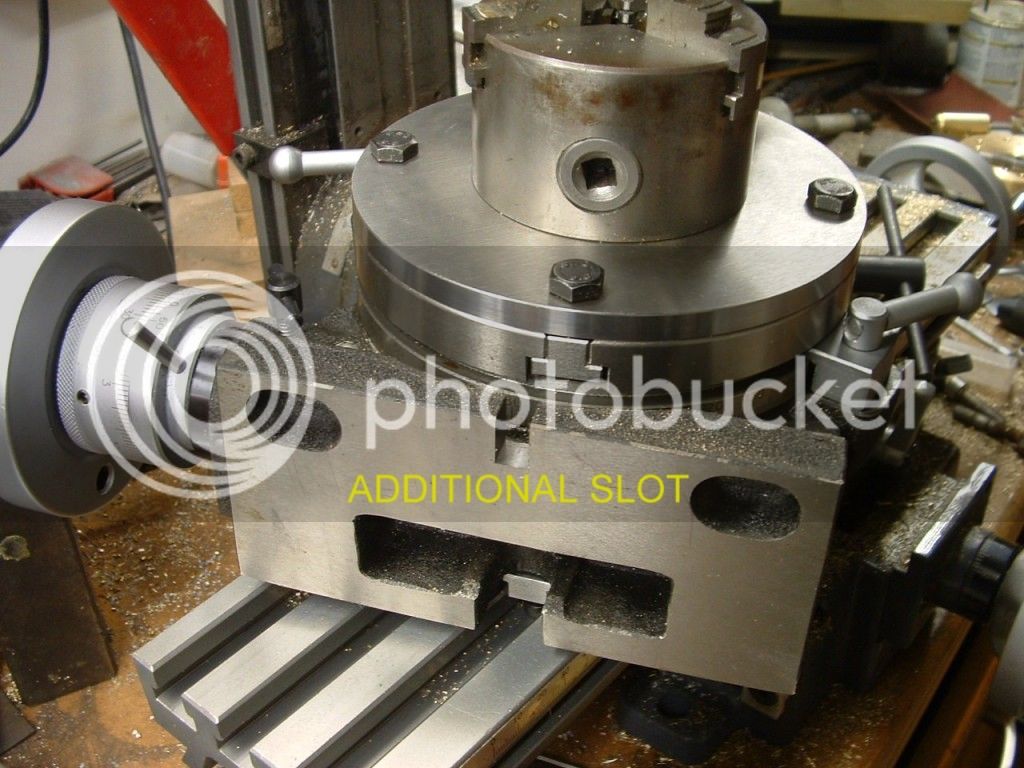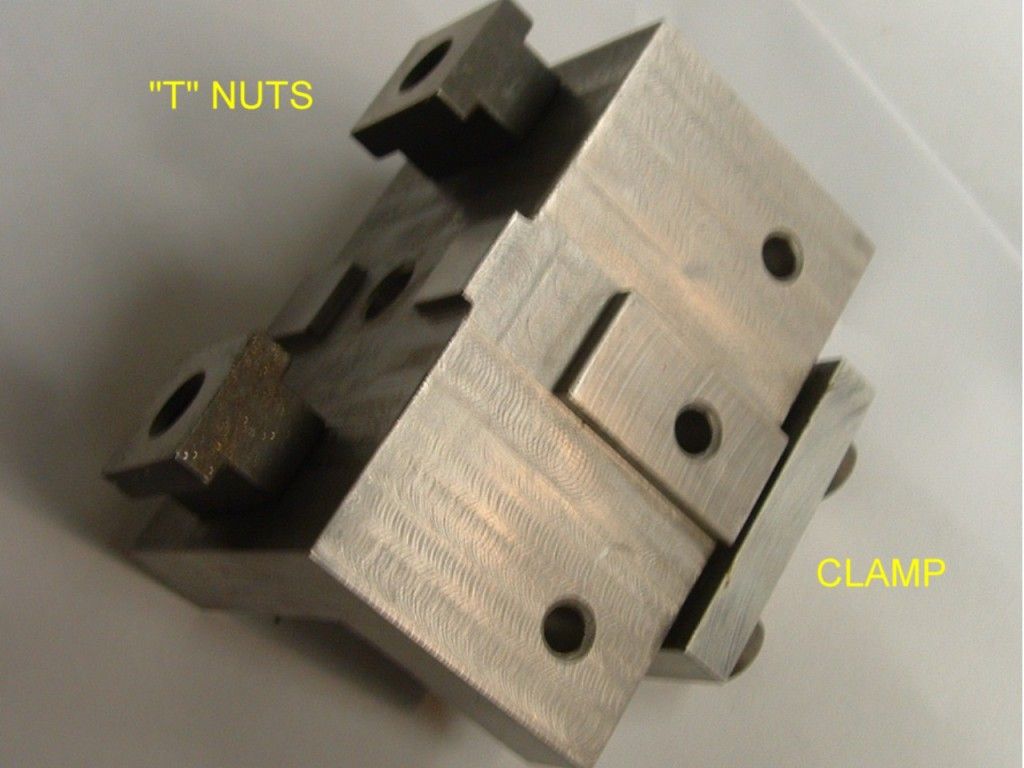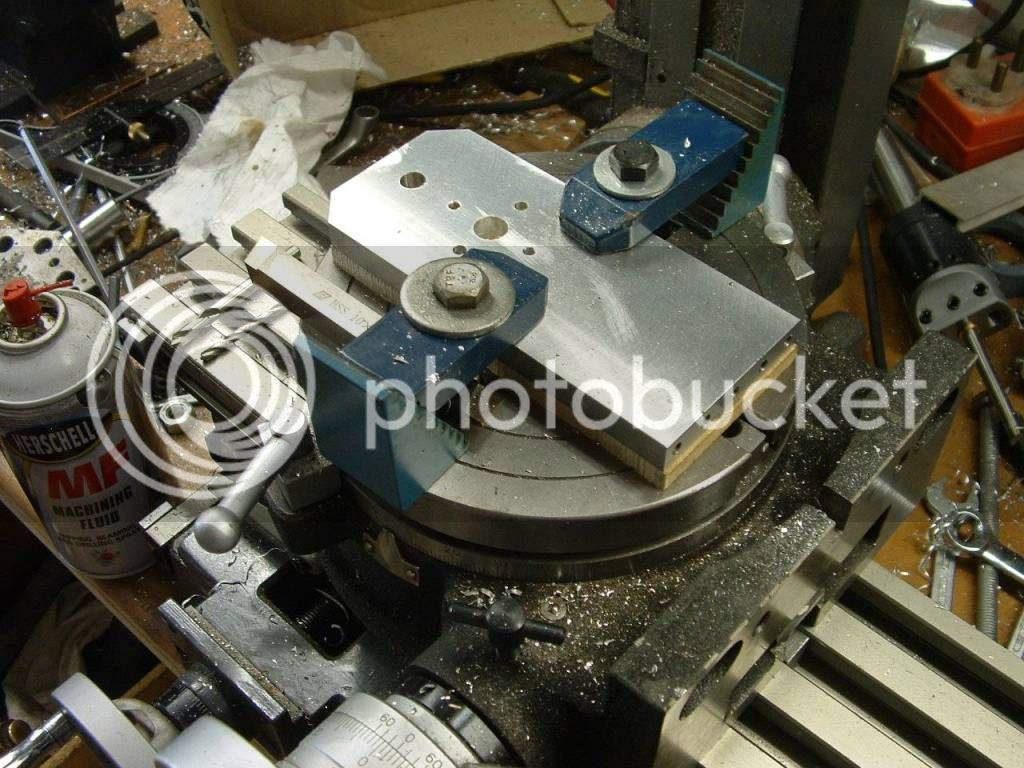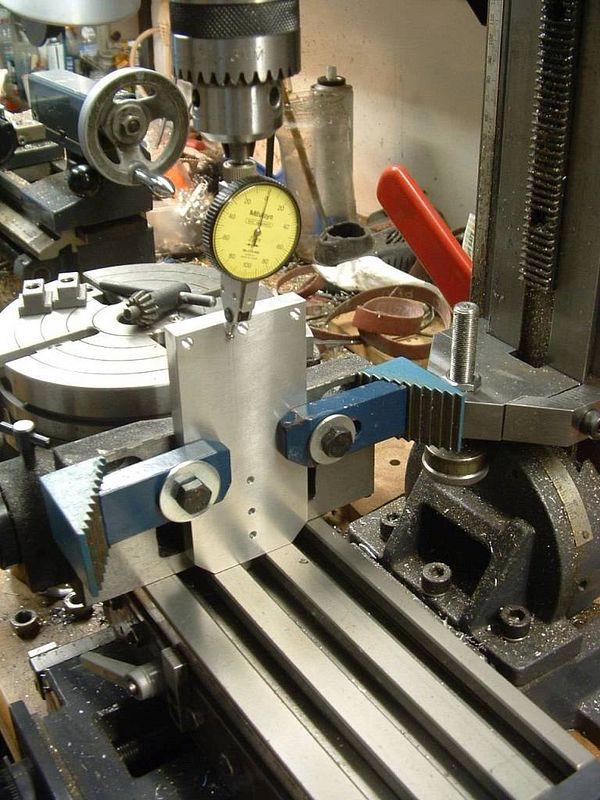steamboat willie
Well-Known Member
- Joined
- Jun 2, 2012
- Messages
- 67
- Reaction score
- 7
Hello!
I find it easier to ask silly questions rather than making stupid (and expensive) mistakes, so here goes:
I have recently acquired a Vertex 6" rotary table to use under a small milling machine and while much of its operation is intuitive I would like to be able to read up on how to use it properly before any damage is done.
Can any member of this august body direct me to a treatise on how to properly use a rotary table, incliding clamping the job, setting out radiis etc. I know it is all pretty basic stuff, but I want to advance the sophistication of my mistakes...
Many thanks!
Steamboat Willie
I find it easier to ask silly questions rather than making stupid (and expensive) mistakes, so here goes:
I have recently acquired a Vertex 6" rotary table to use under a small milling machine and while much of its operation is intuitive I would like to be able to read up on how to use it properly before any damage is done.
Can any member of this august body direct me to a treatise on how to properly use a rotary table, incliding clamping the job, setting out radiis etc. I know it is all pretty basic stuff, but I want to advance the sophistication of my mistakes...
Many thanks!
Steamboat Willie








